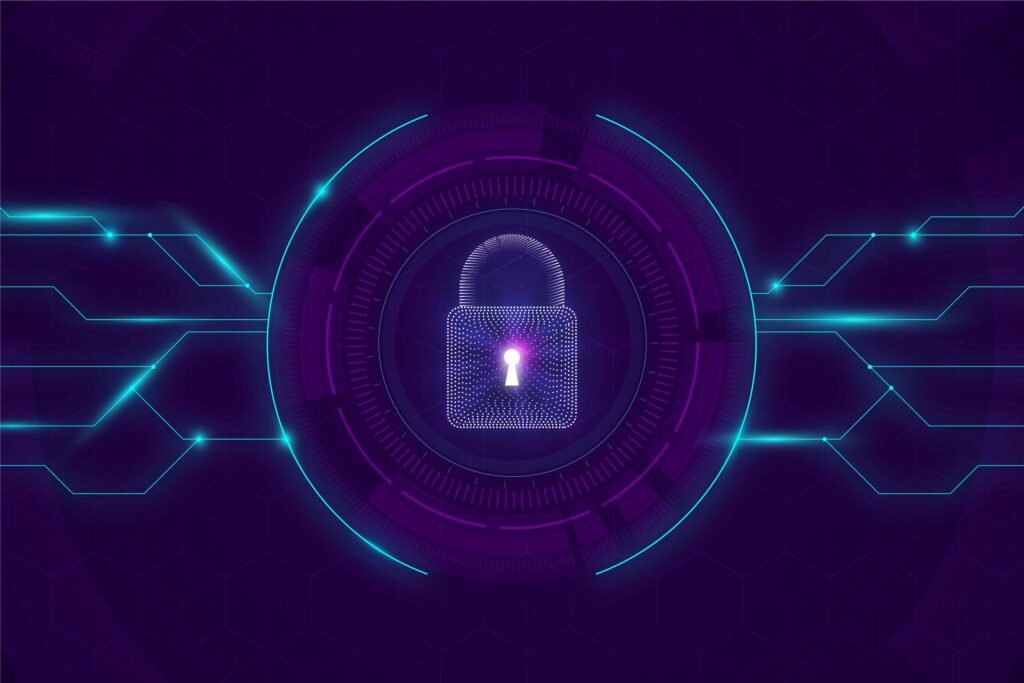
1: The Evolving Digital Workspace Landscape
The digital workspace has transformed the way organizations operate, enabling remote work, collaboration, and access to critical resources from anywhere, at any time. This topic explores the evolution of the digital workspace landscape, including trends such as cloud-based productivity tools, virtual desktop infrastructure (VDI), and mobile device management (MDM) solutions. It discusses how the shift towards remote work and flexible work arrangements has expanded the attack surface for cyber threats, necessitating robust security measures to protect IT-enabled services and data in the digital workspace.
2: Cyber Threats Targeting the Digital Workspace
The digital workspace is vulnerable to a wide range of cyber threats, including malware infections, phishing attacks, and insider threats. This topic examines the various types of cyber threats targeting the digital workspace and their potential impact on IT-enabled services. It discusses how cybercriminals exploit vulnerabilities in remote access solutions, collaboration platforms, and endpoint devices to compromise sensitive information and disrupt business operations. Understanding these threats is essential for implementing effective resilience strategies to protect the digital workspace from cyber attacks and ensure the continuity of IT-enabled services.
3: Securing Remote Access and Endpoint Devices
Remote access and endpoint devices are primary targets for cyber attacks in the digital workspace, given their susceptibility to malware infections, data breaches, and unauthorized access. This topic explores strategies for securing remote access and endpoint devices, including VPNs, endpoint detection and response (EDR) solutions, and mobile device management (MDM) platforms. It discusses the importance of enforcing security policies, implementing encryption, and conducting regular security assessments to mitigate the risk of endpoint compromise and data loss. By prioritizing remote access and endpoint security, organizations can protect the integrity and confidentiality of IT-enabled services in the digital workspace.
4: Data Protection and Privacy in the Digital Workspace
Data protection and privacy are critical considerations in the digital workspace, where sensitive information is accessed, shared, and stored across various devices and platforms. This topic examines the challenges of data protection and privacy in the digital workspace, including regulatory compliance, data encryption, and secure file sharing. It discusses strategies for implementing data loss prevention (DLP) controls, encryption protocols, and access controls to safeguard sensitive information and ensure compliance with data protection regulations. By prioritizing data protection and privacy, organizations can maintain the trust and confidence of employees and customers while safeguarding the integrity of IT-enabled services.
5: Collaboration Security and Secure File Sharing
Collaboration tools and platforms are essential for enabling remote work and facilitating communication and collaboration among employees in the digital workspace. However, they also introduce security risks related to data leakage, unauthorized access, and malware propagation. This topic explores strategies for securing collaboration tools and ensuring secure file sharing in the digital workspace, including encryption, access controls, and user authentication mechanisms. It discusses the importance of educating employees about safe collaboration practices and implementing security policies to mitigate the risk of data breaches and cyber attacks. By promoting secure collaboration practices, organizations can foster productivity and innovation while protecting sensitive information and IT-enabled services in the digital workspace.
6: Building Cyber Resilience through Incident Response and Business Continuity
Building cyber resilience is essential for organizations to effectively respond to and recover from cyber incidents and disruptions in the digital workspace. This topic explores the components of a robust cyber resilience strategy, including incident response planning, business continuity management, and crisis communication. It discusses the importance of establishing incident response teams, conducting tabletop exercises, and leveraging threat intelligence to enhance cybersecurity readiness. By investing in cyber resilience capabilities, organizations can minimize the impact of cyber attacks, maintain operational continuity, and safeguard the integrity and availability of IT-enabled services in the digital workspace.

